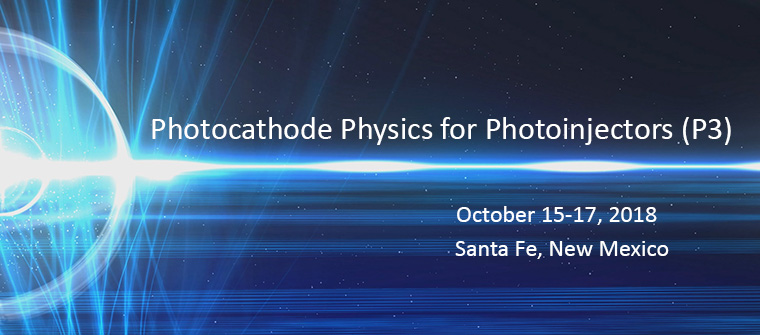Conveners
Session 3: Application Oriented Research: FEL
- Siddharth Karkare (Arizona State University)
Photocathodes are the source of electrons for nearly all modern accelerators. They are widely used due to their flexibility to meet a broad variety of beam requirements and are particularly important for machines relying on high-brightness beams. In this presentation, we will investigate the requirements and challenges for photocathodes used in linac-driven free electron lasers. The cathode...
The Pegasus photoinjector laboratory has a variety of activities related to photocathode technology. In the upcoming months we plan to test the performances of advanced photocathode materials such as alkali antimonide cathodes in the high gradient radiofrequency photoinjector using a recently developed ultrahigh vacuum load-lock chamber. I will also present an update on a different project...
Although low effective mass semiconductors offer the promise of photocathodes with subthermal mean transverse energy (MTE), the effect has never been observed in practice. One proposed explanation for this is that the cesium coating used on many photocathodes, while decreasing their work function, increases the MTE of the photoemitted electrons. In this talk, we discuss the ongoing effort at...
Operational lifetime of cathodes for high brightness electron sources are often limited by three factors – ion bombardment of the cathode, chemical contamination and thermal decomposition. The recent development of 0.5 nm thick crystalline two-dimensional nanoporous silica and aluminosilicate structures has the potential of reducing these detrimental effects and thus significantly increase the...
The performance of x-ray light sources, such as free electron lasers, ultrafast electron diffraction systems and ultrafast electron microscopy, is limited by the brightness of the electron beam. Given the improvements in photocathode design and synthesis, the source surface roughness has become a key limiting factor on the intrinsic emittance, specifically the mean transverse energy (MTE), of...
Electron sources driven by femtosecond laser have important applications in many aspects, and the research about the intrinsic emittance is becoming more and more crucial. The intrinsic emittance of polycrystalline copper cathode, which was illuminated by femtosecond pulses (FWHM of the pulse duration was about 100 fs) with photon energies above and below the work function, was measured with...

